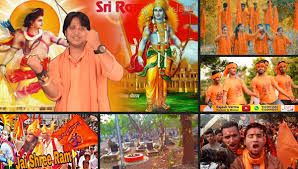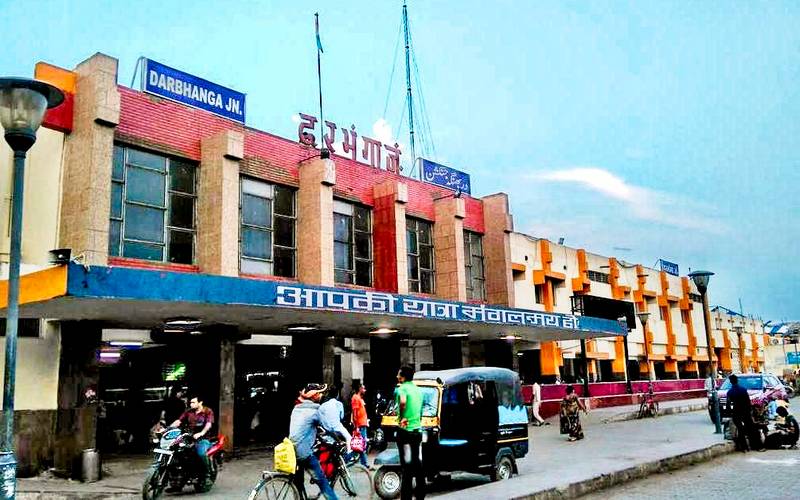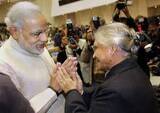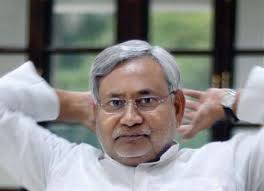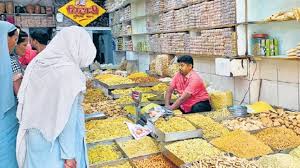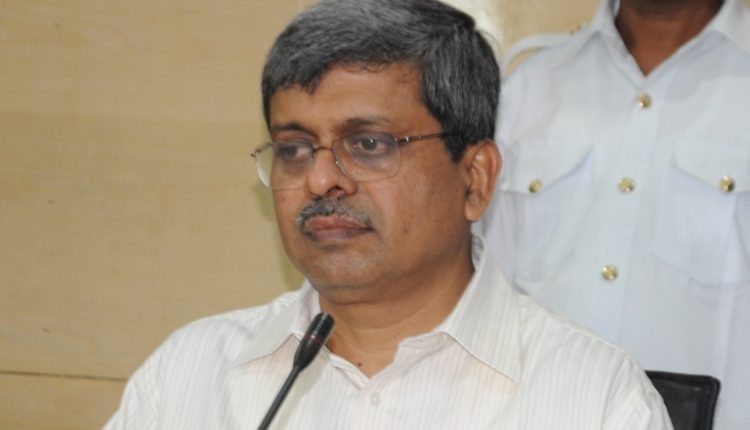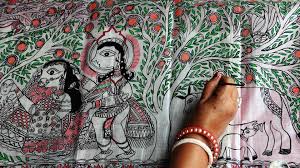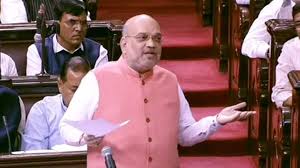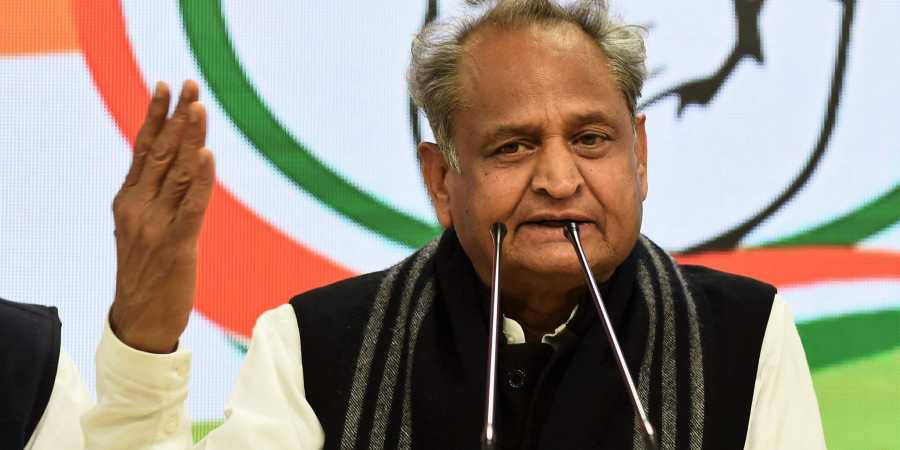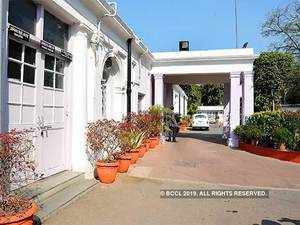Source: caravanmagazine.in
These are the opening lyrics to a new song uploaded on YouTube on 23 July, on a channel called “Varun Bahar official.” The three-minute-long song, titled, “Those who will not chant victory to lord Ram, send them to the graveyard,” is by a Bhojpuri singer, Varun Bahar Upadhyay. The video features Bahar dressed in an all-saffron outfit, sporting rudraksh beads—seeds that are used as prayer beads, usually by followers of the Hindu god Shiva—against a fixed backdrop splashed with images of the Hindu god Ram. The video switches between Bahar singing, images of young men carrying swords and threatening bystanders, and groups of saffron-clad boys and girls dancing. An unidentified graveyard—the cemetery is dotted with Christian crosses—makes an appearance every time Bahar sings the chorus, accompanied by some fist-pumping for added effect. The hashtags accompanying the song are equally unimaginative: “#saffron#terrorist#varun.” The description has a single line in Hindi which translates as “after singing this song, the media has declared Varun Bahar as a saffron terrorist.” A casual search on Google did not reveal any such media reports.
The song has, however, been shared widely on social media, drawing sharp reactions, and scathing criticism for inciting lynching and mob violence against minorities. The unequivocal exhortations in the song’s lyrics are undeniable. Bahar’s YouTube channel, which had 549 subscribers as of 6 pm on 24 July, has been online since 2013, but the oldest video is from just a year ago. The channel is an absurd mix of devotional songs, Bhojpuri love songs, videos proclaiming and seeking support for the prime minister Narendra Modi and content that can only politely be termed titillating.
Bahar’s mobile phone has been switched off since the morning of 24 July, following the furore on social media, and I could not get in touch with Santosh Singh Yadu, the writer of the song and a co-curator of the channel. Rajesh Verma, who runs a YouTube channel called Janta Musical And Pictures, produced and directed the video. Verma told me that the video was originally uploaded on his channel “two or three days ago, but we removed it from Janta music because it became controversial.” He said that some “Pakistani channels and local channels” contacted him and told him that “it’s wrong to say ‘send them to the grave,’ and so we took it down.”
Verma denied that the lyrics were inflammatory and said that “the singer did not take names” of any religion. He argued that “both Hindus and Muslims use graves.” When I pointed out that Hindus are cremated and so the song targets minority communities who bury their dead, Verma claimed that “only married Hindus are cremated, unmarried and single Hindus are buried.” He appeared to have forgotten that the Bharatiya Janata Party patriarch, Atal Bihari Vajpayee—an avowed bachelor—was cremated with full state honours. “I am not anti-Muslim,” Verma told me, when I pushed him to explain the anti-minority lyrics of the video. “I visit dargahs every Thursday and do pranam whenever I go past a mosque.”
Verma’s Janta Musical channel has released 598 videos as of 24 June. One song is titled, “’If you don’t like saffron, get out of India” and boasts of 5.5 million views. Another is called “Every Hindu’s call: Temple first, government only after that,” and has 252,000 views. All the songs feature violent imagery of men dressed in saffron, carrying swords and other similar tropes of majoritarian assertion. The channel also contains several videos supporting Modi and the BJP.
“Bahar and Yadu came to me with the idea of the song,” Verma said. He added that Bahar hails from a village called Mankapur, “near Ayodhya.” He noted that he had heard the song before uploading it but justified the offensive lyrics and its call to violence. “Some people are saying we won’t let the Ram temple be built,” Verma told me. “We are devotees of Ram, so we have made a song in praise of Ram.”
Verma was puzzled by the objection to providing a platform to the song: “If it was a matter of hurting anyone, why would we upload it?” When I asked him who the video was addressed to, he blithely responded, “The writer of the song is a deshpremi”—a patriot—“and he may have had the stone-pelters in Kashmir in mind while writing the song.” Verma also denied any connection to a political party or group and said he was an “independent music producer.” Janta Musical has a Twitter account, which tweeted on 23 July, “We apologise for the rumours spread due to the song of one singer. It was not the intention of Janta Music to hurt the religious feelings of any group.”
While Verma claimed that he removed the video soon after uploading it, the song was available on the “Varun Bahar official” channel till around 6 pm on 24 July. It has now been removed but is still being shared widely on other social-media platforms. The singer and writer, though unavailable, seem to have no regrets about the song or its content. Just hours before the video was removed, at around 3 pm on 24 July, Bahar and Yadu posted this statement, from their official account, in the comments section:
